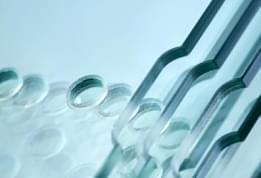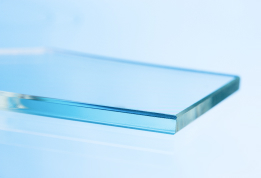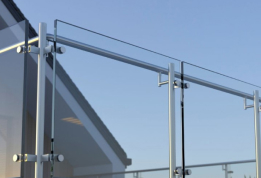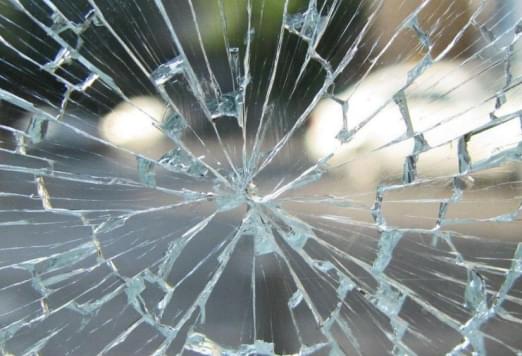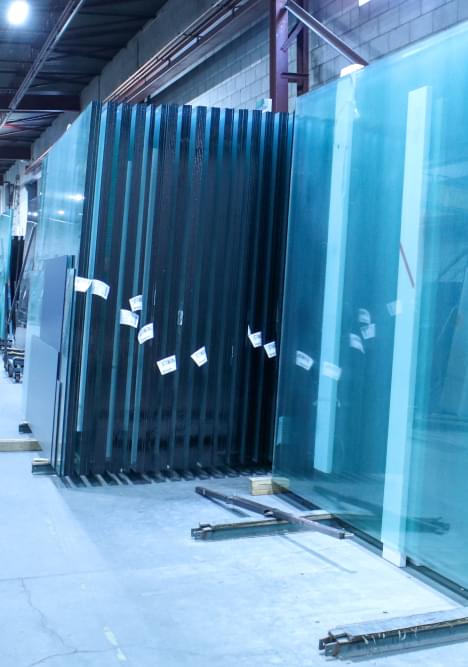Keeping You Safe - Safety Glass
Broken glass can pose multiple physical hazards, especially if the broken glass is contaminated with blood, infectious substances, and toxins - all of which could enter the body through a cut or puncture wound.
Luckily, there exists a specific type of glass manufactured to limit the risk of harm: safety glass. Safety glass, also known as tempered glass, is a toughened glass made to be more durable, and fire-resistant. It also features a fail-safe shatter method that reduces the risk of bodily harm.
In today’s blog we delve into the ways in which safety glass works to keep you safe.
Increased Durability
Safety-type glass features increased durability - meaning it won’t shatter as easily as other types of glass. Heat strengthened glass is achieved when it is cooled at a much faster rate in comparison to conventional annealed glass. The slower cooling process effectively allows the glass to break safely by shattering into multiple small pieces instead of large jagged shards. When broken, heat-strengthened glass breaks into smaller pieces evenly through its sheeting to prevent injury.
Common Applications
The number one reason people choose safety-type glass is because of its ability to reduce the risk of potential injury from occurring. One such application that necessitates the use of this type of glass are in vehicles - where safety precautions are of the utmost importance.
When it comes to vehicle accidents, it is important for your car windows to limit the risk of further injury upon breaking. Safety-type glass is more durable and less likely to shatter upon impact - meaning you won’t have to worry about getting cut or injured should your windshield or passenger windows break.
Another common application of tempered glass is in retail. Jewelers and luxury fashion brands use tempered glass cases to reduce injury in the event that the glass case should break. Tempered glass would be able to protect staff, customers, and the merchandise from damage.
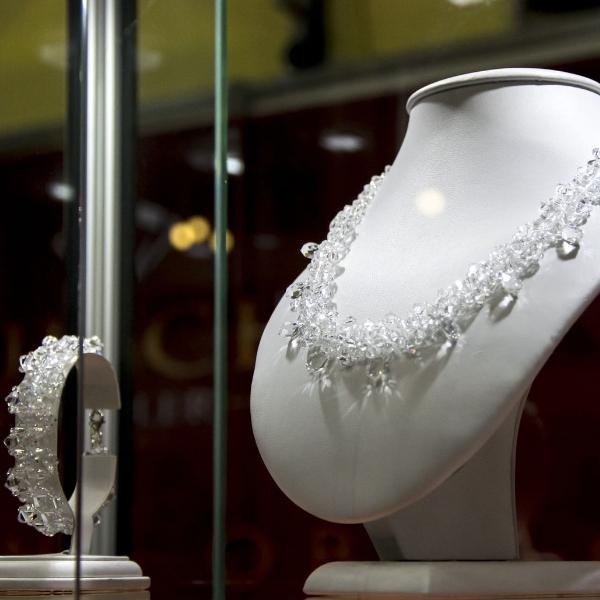
Broken glass can pose multiple physical hazards, especially if the broken glass is contaminated with blood, infectious substances, and toxins - all of which could enter the body through a cut or puncture wound.
Luckily, there exists a specific type of glass manufactured to limit the risk of harm: safety glass. Safety glass, also known as tempered glass, is a toughened glass made to be more durable, and fire-resistant. It also features a fail-safe shatter method that reduces the risk of bodily harm.
In today’s blog we delve into the ways in which safety glass works to keep you safe.
Increased Durability
Safety-type glass features increased durability - meaning it won’t shatter as easily as other types of glass. Heat strengthened glass is achieved when it is cooled at a much faster rate in comparison to conventional annealed glass. The slower cooling process effectively allows the glass to break safely by shattering into multiple small pieces instead of large jagged shards. When broken, heat-strengthened glass breaks into smaller pieces evenly through its sheeting to prevent injury.
Common Applications
The number one reason people choose safety-type glass is because of its ability to reduce the risk of potential injury from occurring. One such application that necessitates the use of this type of glass are in vehicles - where safety precautions are of the utmost importance.
When it comes to vehicle accidents, it is important for your car windows to limit the risk of further injury upon breaking. Safety-type glass is more durable and less likely to shatter upon impact - meaning you won’t have to worry about getting cut or injured should your windshield or passenger windows break.
Another common application of tempered glass is in retail. Jewelers and luxury fashion brands use tempered glass cases to reduce injury in the event that the glass case should break. Tempered glass would be able to protect staff, customers, and the merchandise from damage.
